Enrich the benefits experience for everyone in your organization with a solution that helps streamline administration, control costs and attract and retain talent.
Already using ADP? Sign in or get support.


Benefits are essential to attracting and retaining talent. But for that to happen, benefits administration has to be easy and engaging, both for employees and HR practitioners. ADP delivers such capabilities and much more.
With an industry-leading mobile experience and seamless carrier integrations, you can help make it simpler and more convenient for your people to manage their benefits. Plus, you’ll have access to deep insights that can help you understand changing employee preferences and advanced technology to adapt accordingly.
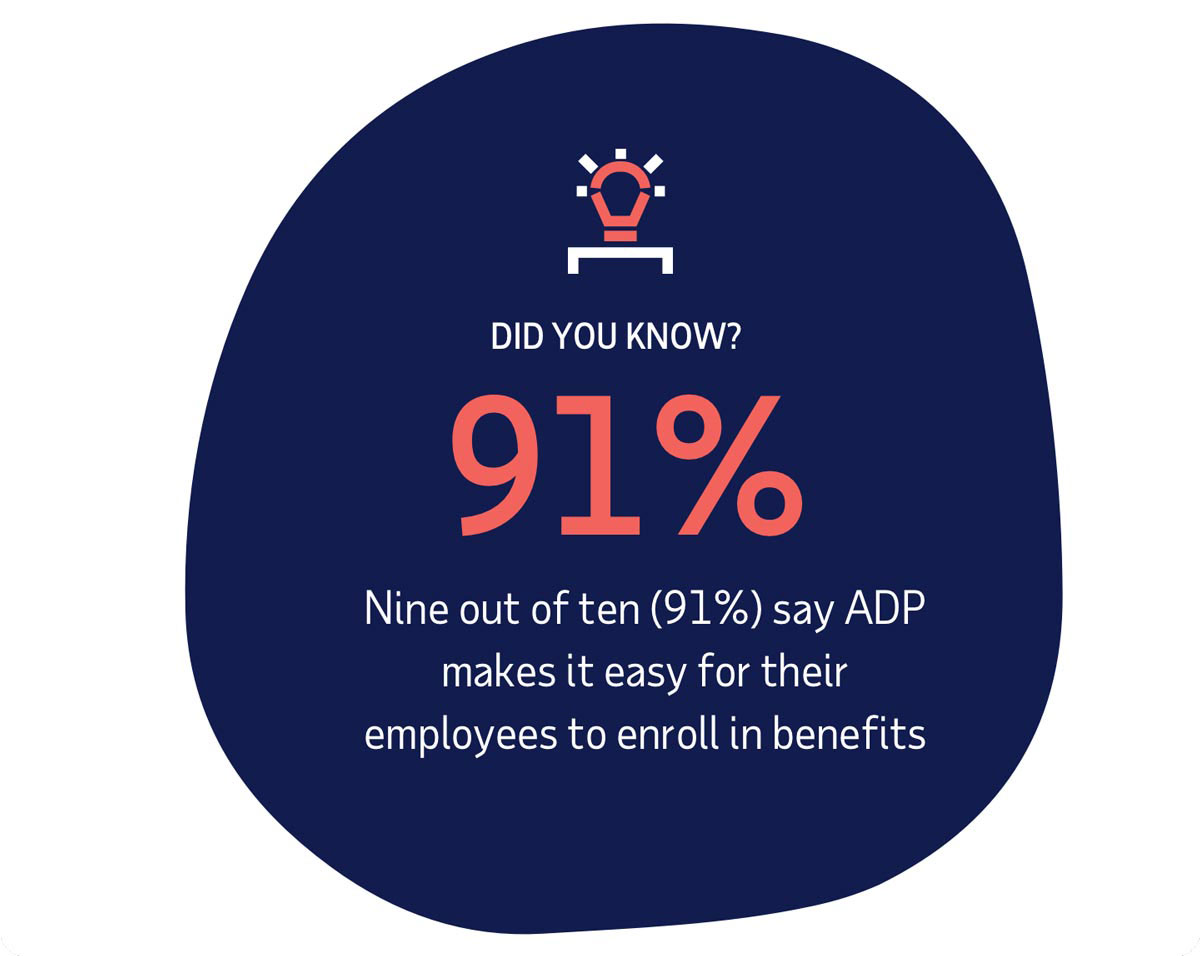
Meet the needs of multiple generations of employees and keep pace with the latest benefits trends – workplace flexibility, mental health, childcare and more – all while simplifying administration. Advanced benefits capabilities from ADP can help you:
Optimize your benefits and empower employees to make more informed decisions. By leveraging ADP’s true intelligence, powerful analytics and benchmark data, you can:
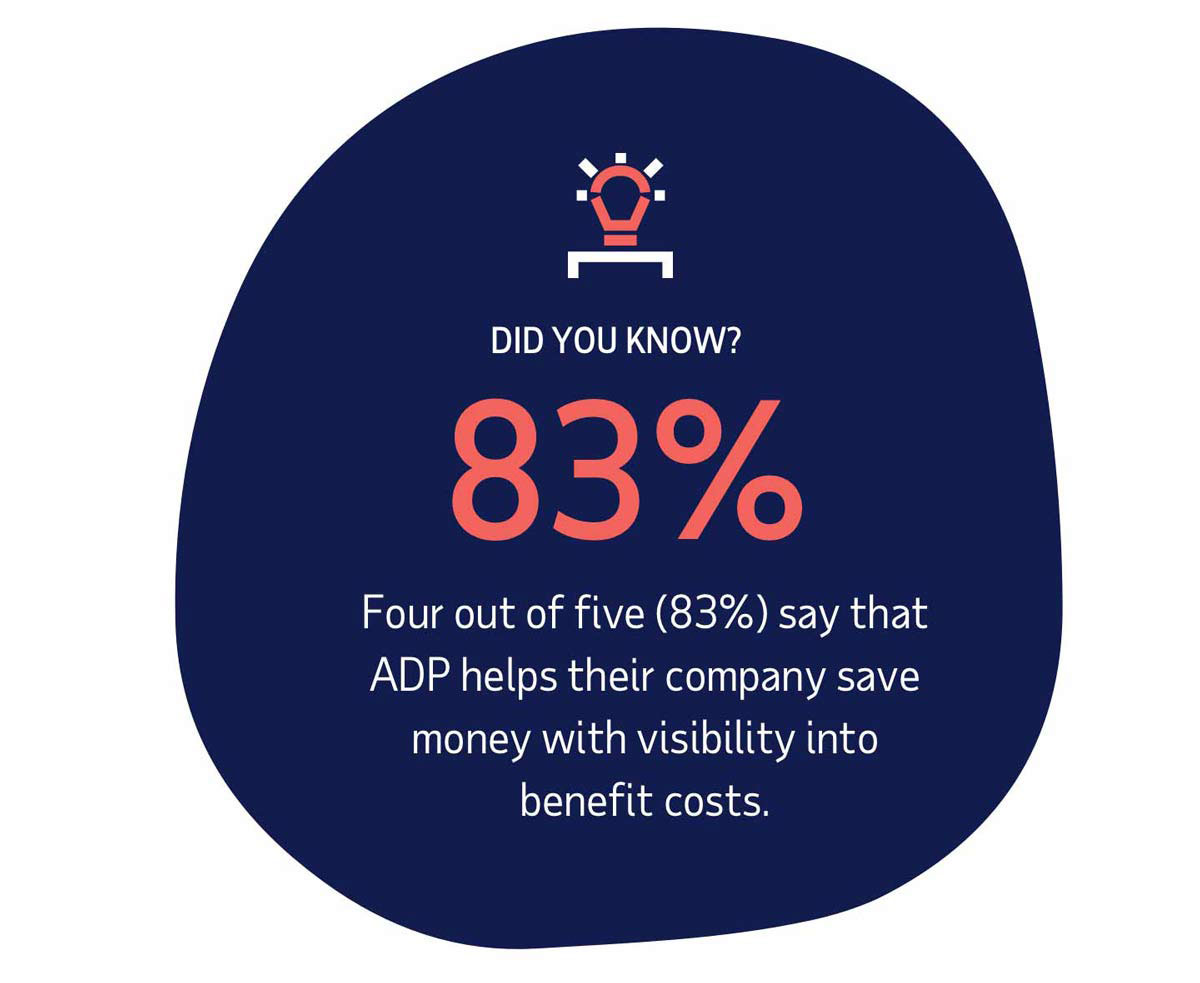
Rely on our benefits specialists to help you ease administrative burdens and fill knowledge gaps so you can focus on more strategic initiatives. Support services include:
Want to reduce the burden of complex HR administration beyond just benefits? Learn about our range of outsourcing options.
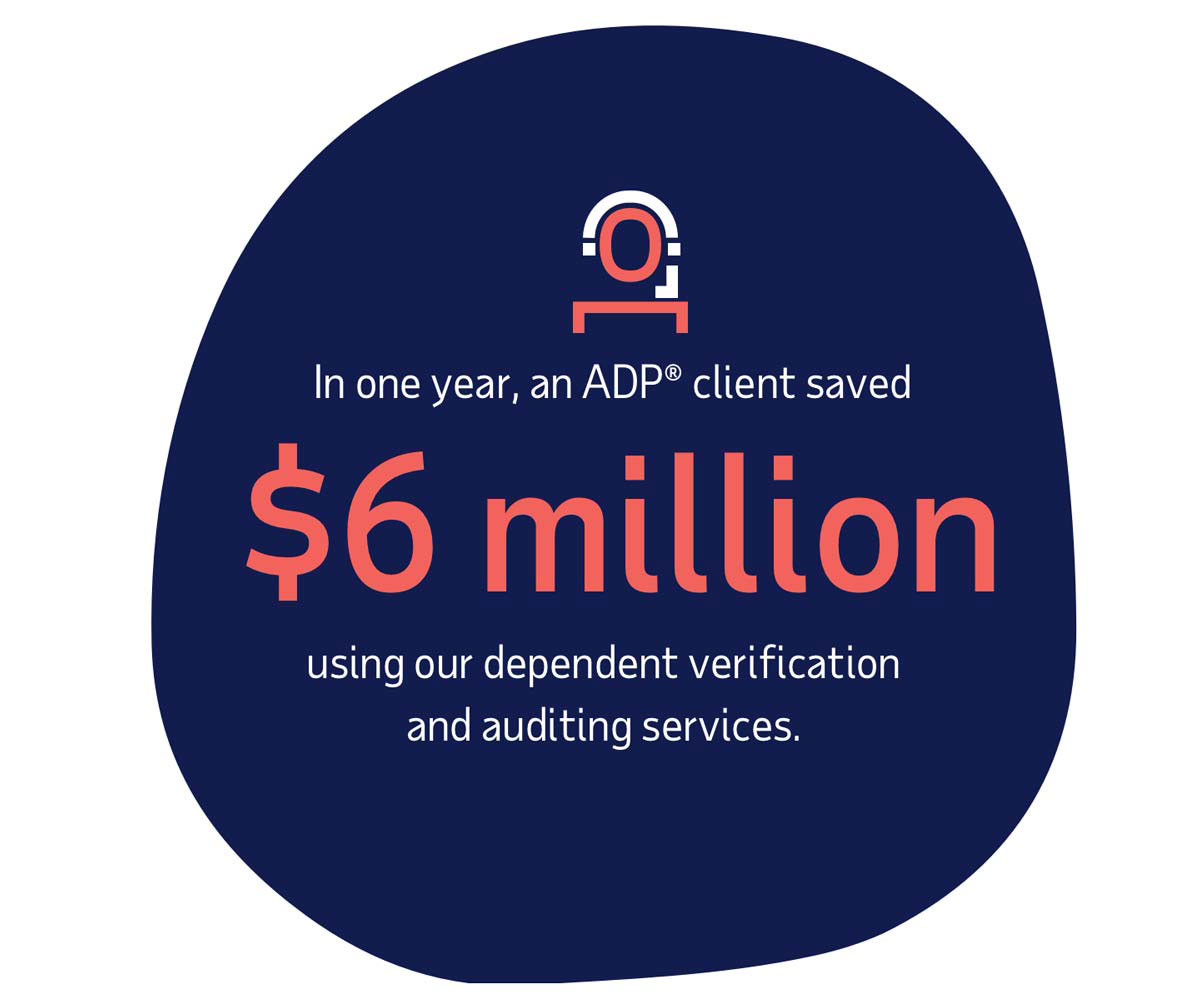
How ADP works with others like you
Now, all that information is at an employee’s fingertips and they can understand their coverage, what they’ve chosen, who’s eligible and who their dependents are. From a day-to-day activity perspective, our benefits team especially has seen a big change in the types of questions they’re now being asked.
Mary Tyrone Senior HR Director, Conair Corporation
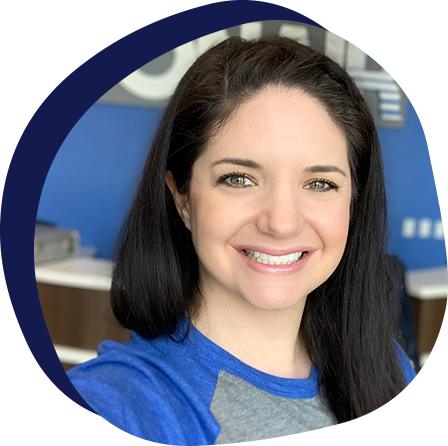
How ADP works with others like you
When I realized we needed to prepare and remit Forms 1094-C and 1095-C for the first time last year, I started to panic. ADP had been handling our payroll for the past eight years so it was a no-brainer to have them help with ACA compliance … it really took a load off my shoulders — and the process was seamless.
Rhonda S. Gearlds Corporate Compensation and Benefits Administrator, Sumitomo Electric Wiring Systems
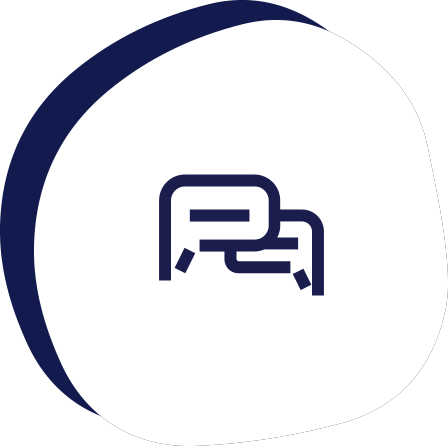
Generous benefits packages can help employers retain valued employees and attract new talent. Some of the benefits most desired by employees today include:
Benefits tend to fall into two categories – traditional and unique. Examples of traditional benefits include health and dental care, life insurance and retirement savings plans. Unique benefits, on the other hand, consist of education assistance, paid parental leave, telecommuting and more. Employers who succeed in keeping their employees engaged often find the right mix of both types of benefits.
A benefit provider is an organization that charges premiums in exchange for health care coverage or other services. When shopping for benefit providers, businesses have several options – consult a broker, work with insurance carriers directly or join a professional employer organization (PEO) that will negotiate the contract and administer the benefits on its behalf. From the employee’s perspective, the group benefits provider is often the employer.
The four types of direct compensation are hourly pay, salaries, commission and bonuses. Benefits packages fall under indirect compensation, which in some cases, is just as valuable to employees as their paychecks when they decide whether to work for an employer.
The Employee Retirement Income Security Act (ERISA) requires that private industry employers who have voluntarily established retirement and group health plans perform the following:
Keep in mind that an employer is not required to provide retirement or group health plans.
Resources and insights

guidebook

guidebook

guidebook